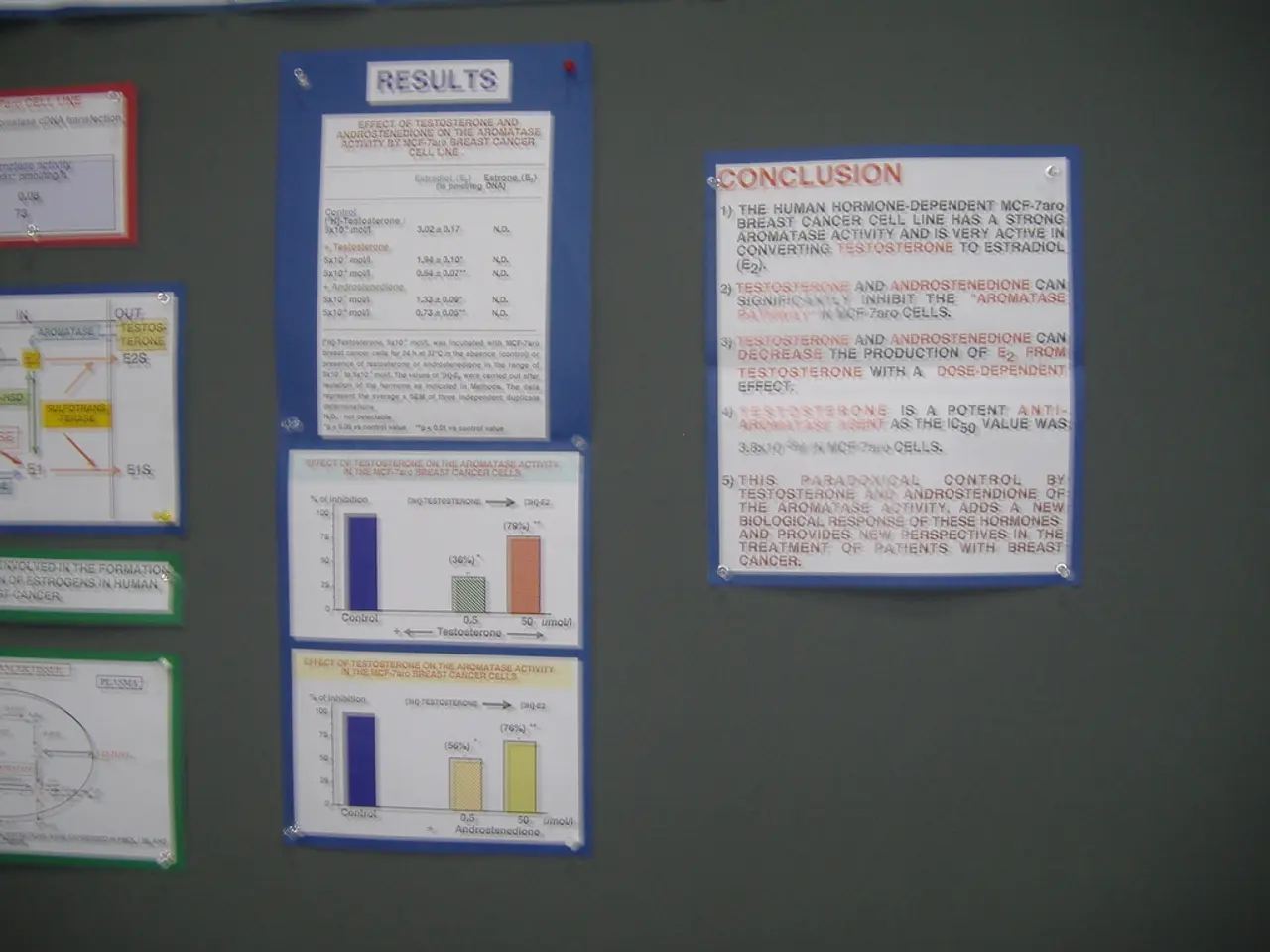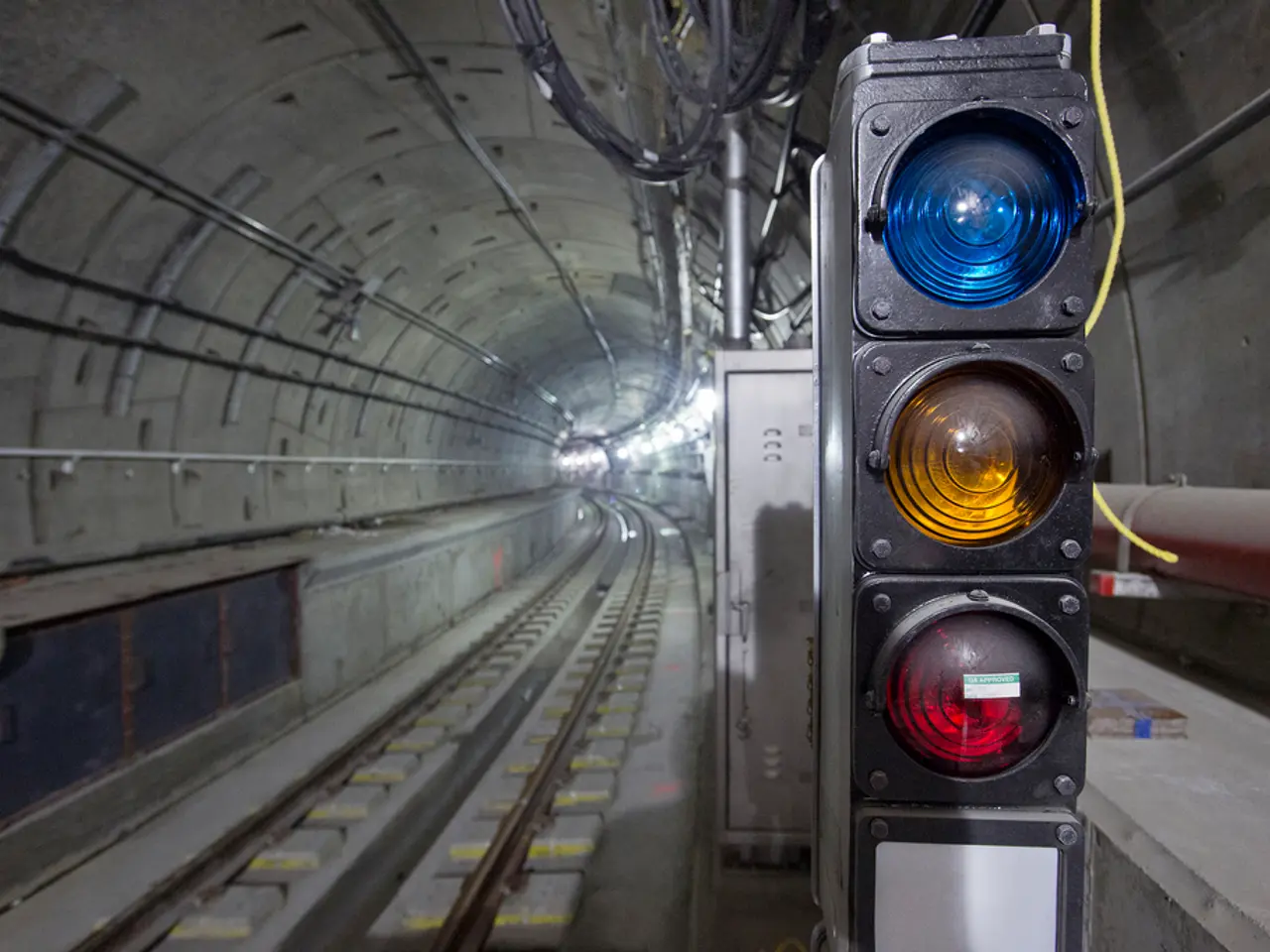Increasing market rivalry: An examination of factors driving heightened competition among businesses.
Hey there! Let's take a look at why some marketsare getting super competitive, shall we?
Here's the scoop:
- Globalization, baby! Globalization makes the market map wider, as foreign players can easily enter the domestic market. This makes it a battlefield for both domestic companies and foreign companies.
- Substitutes, oh my! When substitutes emerge, they can offer lower prices, be more readily available, or offer superior quality. This forces existing companies to step up their game or face a smaller market share. Take electric cars versus conventional cars as a prime example.
- Industry Life Cycle. In the decline stage, companies can only rely on repeat purchases from existing customers, which leads to a dog-eat-dog scenario as they fight for every customer.
Now, let's quickly chat about Porter's five forces model:
- Threat of new entrants
- Threat of substitution
- Bargaining power of buyers
- Bargaining power of suppliers
- Rivalry between players
These forces determine the rivalry between players in the market, so naturally, competition becomes more intense when barriers to entry are low, or the threat of substitution is high.
Another important factor to consider is the industry life cycle. It tells us how an industry evolves over time, with the decline stage being particularly competitive due to a struggle for sales and profitability.
So, why are some markets getting hyper-competitive? Here are a few reasons:
- Technological Change: This raises the threat of substitution and speeds up the industry life cycle, making markets competitive af!
- Globalization: This increases competition by increasing supply in the market and making it easier for consumers to purchase foreign goods.
- Improvements in transportation: This makes goods cheaper and easier to transport, leading to higher supply in the market.
- Technology (again!): The internet reduces switching costs and improves our bargaining power against companies. It also increases the potential for substitution as technology satisfies similar needs and attracts more competitors.
- Government Policy: Government policies, such as lifting investment bans for foreign investors or removing trade barriers, can encourage more players to enter the market, which, you guessed it, boosts competition!
So, there you have it! Some markets are becoming super competitive due to factors like globalization, technological change, transportation improvements, the internet, government policies, and the industry life cycle. Keep your eyes peeled for more updates, as the competition will only get fiercer!
Extra bits:
- A larger number of competitors and differences in product or service quality make competition more intense.
- Low barriers to entry and exit contribute to a competitive market.
- Customer ability to easily switch between competitors increases the pressure for companies to compete aggressively.
- An industry that is growing attracts more competitors.
- Innovation and technology help improve products and services, compelling companies to compete to stay relevant.
- Lack of strong customer loyalty also contributes to increased competition as customers shop around more frequently.
- A balanced industry structure with evenly distributed market shares increases competition.
- Access to information and market transparency reduces information asymmetry, leading to quicker competitive responses and increased rivalry.
- Changing sociocultural factors, such as declining employee and customer loyalty, create a more competitive environment.
In the realm of business and finance, technological change significantly amplifies the threat of substitution and hastens the industry life cycle, consequently intensifying competition within markets. Globalization, as a driving force, increases the number of competitors and makes it easier for consumers to access foreign goods, thereby enhancing market competition.




